Which will be the company that will build America’s next stealth fighter?
- By Alex Hollings
Share This Article

At least two firms have already been actively working with the Air Force on the design for America’s next stealth fighter, according to recent statements made by the branch’s secretary, Frank Kendall.
With the recent revelation that the Air Force intends to soon choose a winning design for its new air superiority fighter, being developed within the Next Generation Air Dominance (NGAD) program, many have found themselves wondering just how far along this program may actually be. After all, it’s already been nearly three years since Air Force officials disclosed the fact that an NGAD technology demonstrator had not only already flown, but had even broken records.
Now, however, it seems evident that a final design hasn’t been chosen for this new crewed stealth fighter. And while the Air Force has been clear that there are more than two firms competing to field the winning design, it seems that at least two firms have an inside track.
Previous announcements regarding the NGAD’s propulsion program already made it clear that all three of the nation’s largest and most successful aerospace defense contractors (Boeing, Lockheed Martin, and Northrop Grumman) are actively pursuing the NGAD contract, but Air Force Secretary John Kendall’s most recent statements may indicate that two of these three have played a more active role than the third.
“I was out at [Wright-Patterson Air Force Base] and I saw a government engineer who was very capable working directly with one of the two contractors. He was on one of the teams interfacing with them on the design,” Kendall said on Monday.
But the question remains: who will ultimately come out on top?
Related: Air Force announces NGAD fighter will be fast-tracked into service
A high bar to overcome

Lockheed Martin’s F-35 Lightning II, also known as the Joint Strike Fighter, is currently the world’s most technologically advanced tactical aircraft — thanks to a combination of stealth technologies and sensor-fusing onboard computers that allow the fighter to operate inside contested airspace with near impunity. Further, the jet can soak up data and streamline it all into an easy-to-manage pilot interface that not only makes the F-35 a potent threat in any combat scenario but has even been known to increase the lethality of older jets flying alongside it, thanks to its ability to provide such heightened degrees of situational awareness.
The F-22 Raptor, which entered service a year before the F-35’s first test flight, does not offer the same extreme degree of sensor fusing awareness, but what the Raptor lacks in computing power, it makes up for with brute force. While the F-35’s performance could be considered almost sluggish compared to Cold War hot rods like the F-15 Eagle, the F-22 delivers blistering speeds and aerobatic maneuverability that’s unparalleled in the American inventory. That, combined with the smallest radar return of any fighter ever to fly, said to be thousands of times smaller than the return of Chinese or Russian stealth fighters, and a suite of advanced avionics systems designed specifically for air-to-air combat makes the F-22 today’s top-ranked air superiority fighter.
While China’s Chengdu J-20 Mighty Dragon and Russia’s Sukhoi Su-57 Felon are, technically speaking, newer 5th generation platforms, the two American aircraft out of Lockheed Martin’s famed Skunk Works currently represent the pinnacle of fighter technology, capability, and — in the case of the F-35 — production capacity. With more than 1,000 F-35s already delivered to the United States and international partners, there are more F-35s flying today than all other stealth aircraft in the world… combined.
But while the F-22 sets the standard for fighter performance and the F-35 raised the bar in terms of fighter technology, the aircraft that will emerge from the Next Generation Air Dominance program is expected to eclipse the capabilities offered by both. Once in service, this new fighter is expected to serve as the basis for an entirely new generation of fighters — just as the F-22 did when it first took flight all the way back in 1997.
Related: Voodoo II: Could a simple patch give us a sneak peek at NGAD?
The Air Force is actively trying to avoid another acquisition boondoggle like the F-35

Despite the incredible technological capability offered by the F-35 and its repeated victories over other Western fighters when competing for international contracts, the aircraft itself has gained a reputation within some circles as a failure. This sentiment is borne out of genuine and overlapping concerns about the massive research and development costs that went into the program, repeated production setbacks and delays, and an ongoing struggle with incredibly high operational costs. Those legitimate headaches are only exacerbated by hyperbolic, sensational, and often incorrect reporting about the aircraft’s actual performance in air combat exercises.
But while concerns about the F-35’s combat chops may not be founded, complaints about its immense cost — now projected to exceed $1.7 trillion over the aircraft’s lifetime — are based firmly in reality. Sandboxx News has covered just how problematic the F-35’s acquisition process was in greater length in previous stories, but in summary: Lockheed Martin was effectively awarded a monopoly on fighter development, production, and sustainment for decades to come, and with little incentive to minimize costs and the shortsighted Air Force decision to begin production before testing was complete, the F-35 program costs soon skyrocketed.
This is a topic Kendall hasn’t been shy about when discussing his plans for America’s next stealth fighter, even going so far as to describe the contract awarded to Lockheed Martin as “acquisition malpractice.”
“We’re going to make sure the government has ownership of the intellectual property it needs. We’re also making sure we have modular designs with open systems so that going forward we can bring new suppliers in — [regardless of] whoever we choose as the platform integrator. And we’ll have a much tighter degree of government control over the future of that program than we’ve had,” Kendall said on Monday.
Related: How the F-35 flies the line between failure and success
What do we already know about the NGAD fighter

While there’s a great deal of focus on the crewed fighter platform that will emerge from the NGAD program, it’s really only just one element of the overall effort. According to the Air Force, NGAD will produce a family of systems that includes an advanced piloted fighter and a number of AI-enabled drones meant to fly alongside and take their cues from the human operator.
Specifics about the aircraft’s design are obviously not available, as a final design has yet to be decided upon, but countless official renders out of the Air Force and defense contractors believed to be involved all suggest sleek design with smaller (or missing) standing vertical tail surfaces, which suggests the new fighter will place a larger emphasis on stealth than on maneuverability.
As we’ve come to expect of cutting-edge stealth aircraft, the NGAD fighter is expected to be quite expensive — likely more than $200 million per airframe — and as such, the Air Force currently aims to procure just 200 of them. But while such a limited production run became a serious problem for the F-22 Raptor, NGAD is expected to operate quite differently. Thanks to its constellation of drone wingmen, a single NGAD fighter would be able to fill the roles of multiple legacy fighters, allowing for fewer crewed fighters overall.
The Air Force also intends to purchase at least 1,000 drone wingmen, with two flying alongside each of the 200 NGAD fighters, and two flying alongside each of 300 new Block 4 F-35s in the future.
Related: The Air Force just dropped new concept art for its NGAD fighter
NGAD’s three top competitors

While there may well be a number of smaller firms also pursuing the NGAD contract that we’re unaware of to this point, there are three massive defense firms with their names already tied to the effort, though somewhat indirectly.
In August of 2022, the U.S. Air Force awarded five contracts, each worth nearly a billion dollars, for continued development of adaptive cycle engine systems to power the stealth fighter to come. Two of these firms, Pratt & Whitney and General Electric, are well-known engine designers who frequently find themselves competing head-to-head to field engines for new aircraft.
Both companies also have publicly disclosed that extremely promising adaptive cycle engine efforts are underway, with GE’s XA100 engine said to provide 20% more thrust, 30% more range and up to 50% more loiter time than the F-35’s current Pratt & Whitney F135 powerplant.
But the other three firms to receive $975 million contracts under this Next Generation Adaptive Propulsion program are firms more frequently associated with aircraft design: Boeing, Lockheed Martin, and Northrop Grumman.
The inclusion of these three contractors raised a number of interesting questions about the NGAP program and how it fits into future NGAD plans. While it’s possible that these firms could be throwing their hats in the ring to develop and produce new engines, it’s far more likely that these contract awards were meant to allow all three companies to continue work integrating new adaptive cycle engines into their NGAD fighter designs. If that is indeed the case, then it appears these three prime contractors are already very actively working to produce competing NGAD designs.
Related: The race to field NGAD, the futuristic replacement for the F-22 Raptor, is officially on
Lockheed Martin
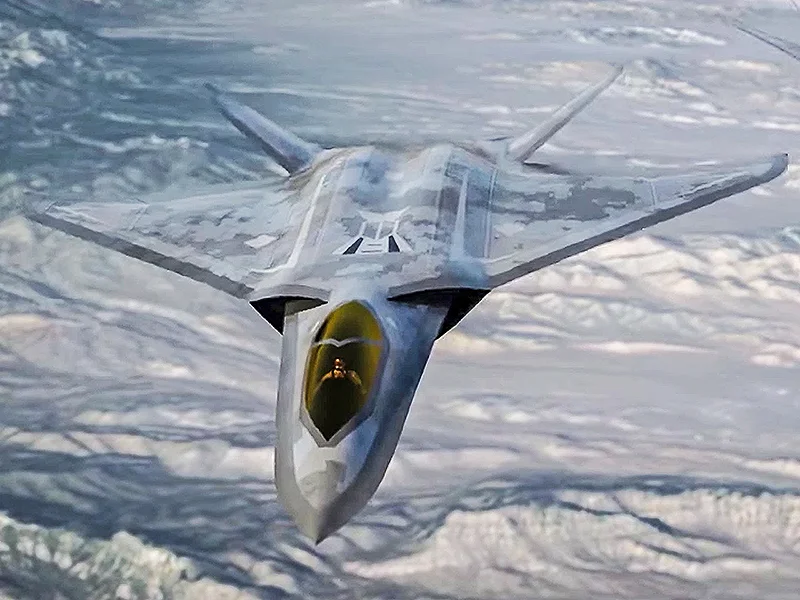
It’s entirely likely that Lockheed Martin is the frontrunner in this race, seeing as the firm has not only already produced two winning stealth fighter designs, but those designs remain dominant today even as newer competitors reach service. Lockheed Martin’s legendary Skunk Works division has been responsible for some of the most groundbreaking military aircraft ever to take to the sky, including the world’s first operational stealth aircraft, the F-117 Nighthawk, as well as the high-flying U-2 spy plane and fastest jet aircraft in history, the SR-71 Blackbird.
Over the years, Lockheed Martin has dropped several not-so-subtle hints about their interest in fielding a 6th generation fighter to the public, starting as far back as 1999 with their X-44 Manta — a tailless, delta-wing aircraft based on the F-22 Raptor but meant to test the feasibility of an aircraft that relied on 3D thrust vector control to compensate for the removal of control surfaces. Today, it’s tough to deny the similarities between the Manta concept and renders we’ve seen for 6th-generation fighters. Work behind the scenes on this concept seemed to continue well after the Manta program concluded, with Lockheed Martin releasing a calendar to journalists in 2012 that showed a different advanced fighter design that seemed to borrow some design elements from Northrop Grumman’s YF-23 that competed and lost against the F-22 for the Advanced Tactical Fighter contract in 1991.
That design would surface again in promotional materials released in the years that followed, including a video released in 2017, though later in that same year, Lockheed Martin would release the first render of a different design:
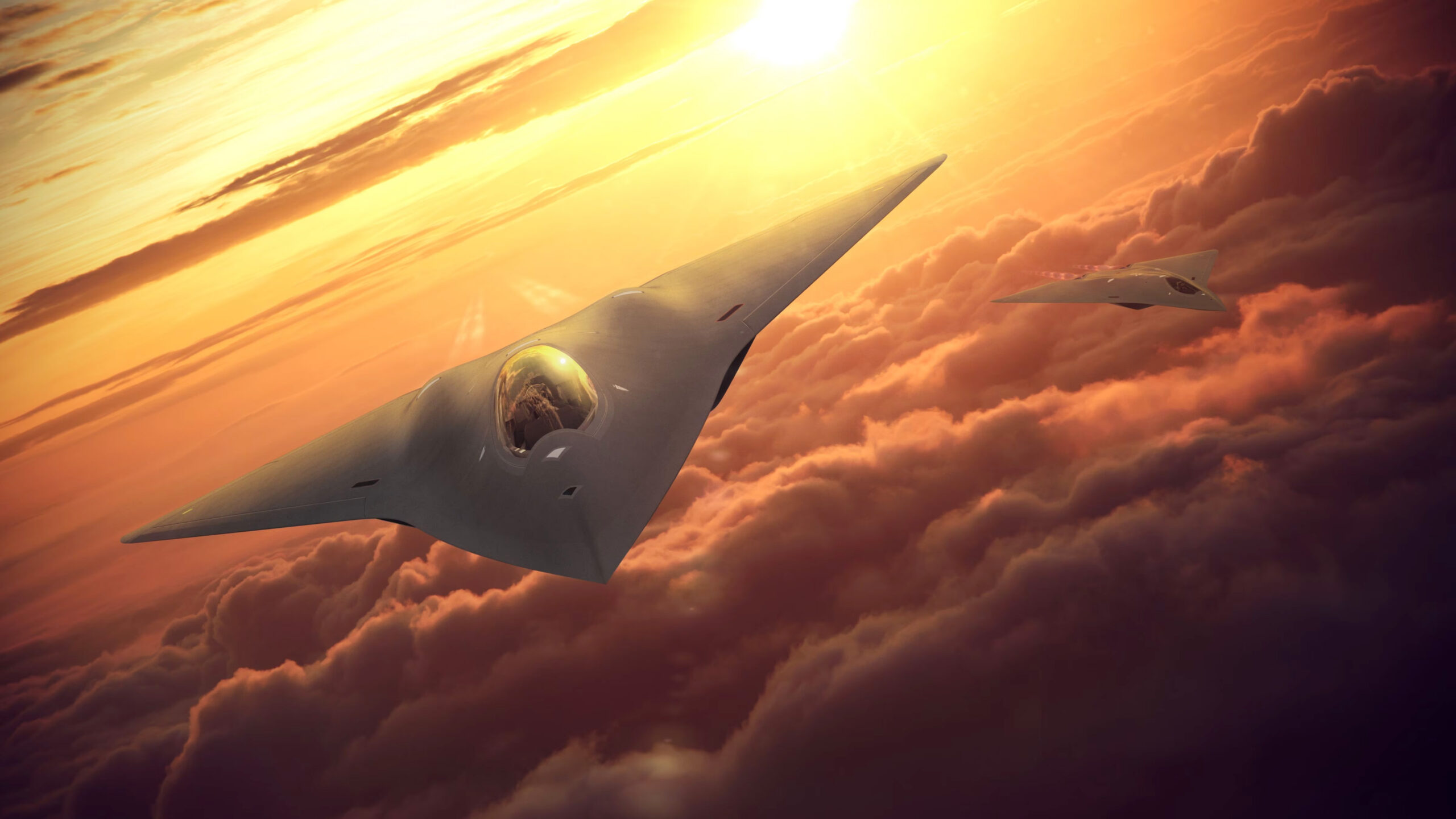
That design appears to be carried over into more recent renders released by Lockheed Martin, including graphics released to promote their LMXT tanker aircraft just last year:
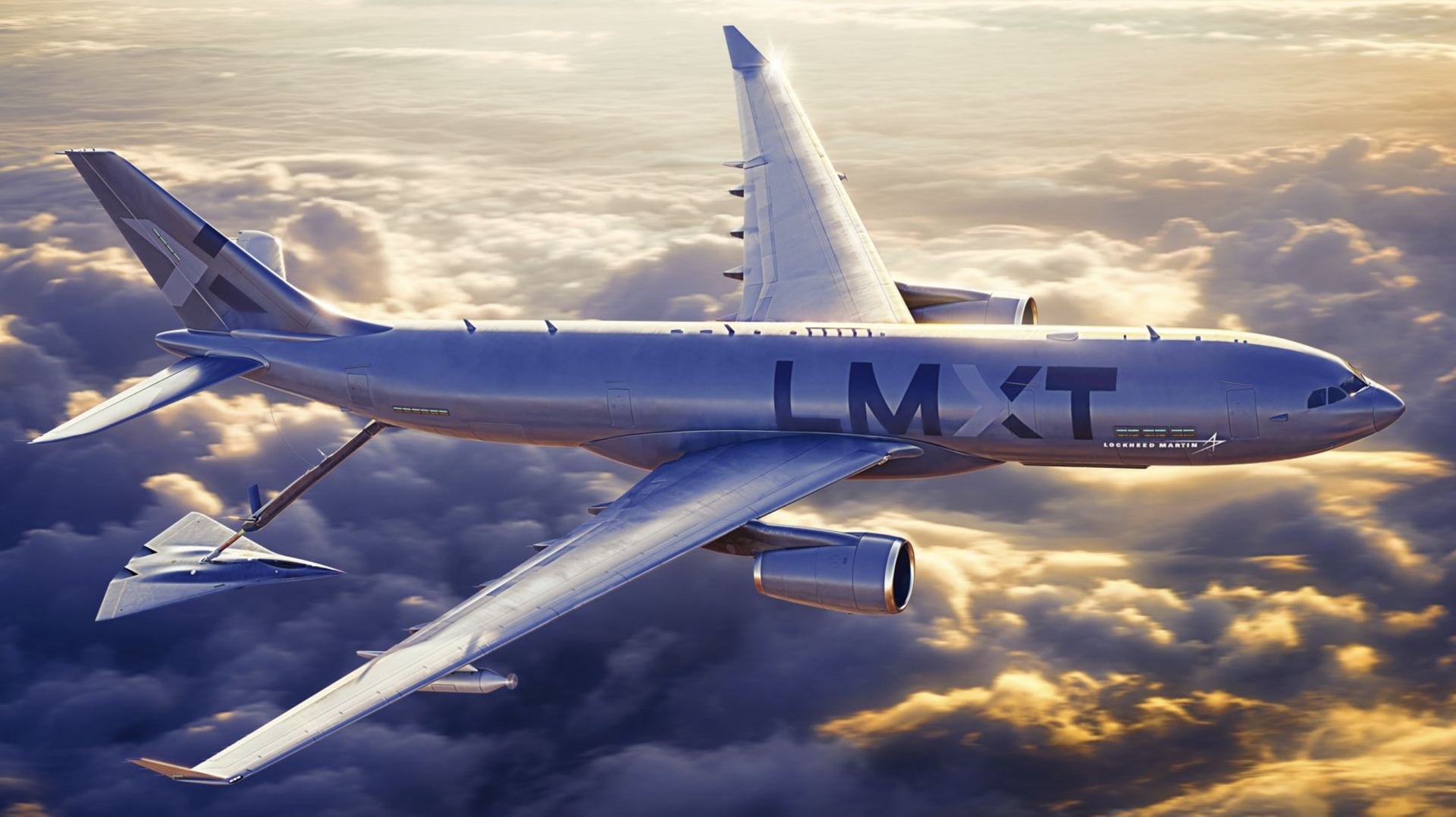
Then, in October of 2021, images surfaced of a very unusual and stealthy design sitting on a trailer at Lockheed Martin’s Helendale radar-cross section (RCS) measurement facility, raising new questions about their 6th generation fighter program.

However, despite Lockheed’s clear low-observable chops, the incredible cost overruns associated with both the F-22 and F-35 may ultimately hurt the firm’s chances at securing yet another advanced fighter contract. And the Air Force’s concerns about ensuring the nation’s prime contractors remain funded to continue competition may also encourage Air Force officials and lawmakers to look elsewhere for America’s next stealth fighter.
Related: X-44 Manta: How Lockheed nailed the NGAD in the ’90s
Northrop Grumman
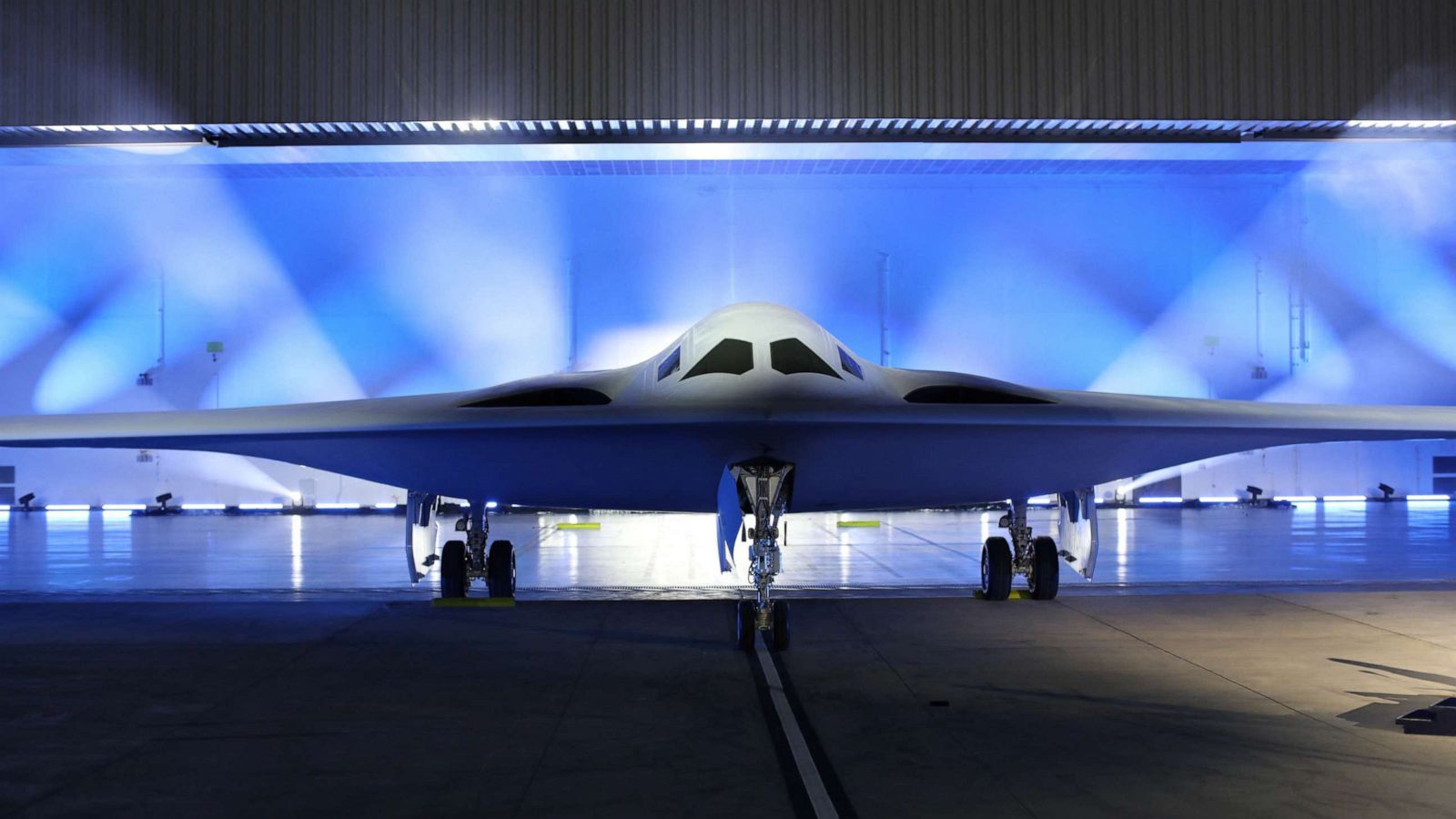
While Lockheed Martin may be the global leader in fielding stealth fighters, it’s not the only company with extensive experience in the realm of low-observable aviation. Northrop Grumman, the firm responsible for the world’s first heavy payload stealth bomber, the B-2 Spirit, as well as its forthcoming replacement, the B-21 Raider, also has its hand in the NGAD ring.
Despite Northrop Grumman’s stealth bomber successes, the company also has an impressive stealth fighter pedigree. Their entree into the Advanced Tactical Fighter competition back in 1991 — the YF-23 — has achieved near-mythical status in the aviation community in the years since the competition. According to many accounts, the YF-23 was able to match or even surpass the YF-22’s capabilities during the fly-off, but confidence in Northrop’s ability to deliver on time and on budget was extremely low at the time, due to a slew of high-profile controversies in the years prior.
As a result of the YF-23’s solid performance during the competition, the aircraft is often seen as one of aviation’s greatest what-ifs, despite the incredible performance ultimately provided by the Raptor.
Northrop Grumman has also been hinting at its interest in fielding a new stealth fighter over the years as well. In 2016, The company released an ad during the Super Bowl that showed new renders of a tailless stealth fighter design, alongside a bevy of other advanced aircraft concepts.
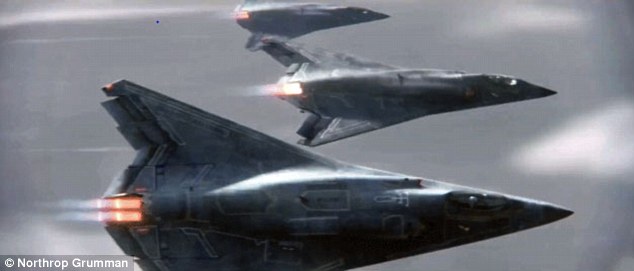
In 2021, Northrop Grumman released another advertisement showing renders of new aircraft concepts, this time including a different and very unusual aircraft design shown sitting in a hangar. This render also led many to speculate that Northrop wasn’t just making art for art’s sake but may have actually been showing us a glimpse of their own 6th generation fighter concept. In a new slew of ads released just this year, Northrop has shown this same aircraft again with a few more angles.

Last year, Northrop Grumman CEO Kathy Warden went on record during a call with investment analysts to say that she felt the firm’s success with the B-21 may give them an edge in the hunt for the NGAD contract.
“As we think about sixth-generation aircraft, we are in the process of building the first of those, the B-21, and that’s given us some fantastic experience and lessons that we believe we can apply to other sixth-generation aircraft and so we’re positioned as a competitor,” Warden said.
And, to her point, a Congressional Research Service report published in 2022 also cites the B-21 Raider specifically when discussing how this new fighter may have more in common with stealth bombers than previous generations of aerobatically nimble fighters.
“A larger aircraft the size of a B-21 may not maneuver like a fighter. But that large an aircraft carrying a directed energy weapon, with multiple engines making substantial electrical power for that weapon, could ensure that no enemy flies in a large amount of airspace. That would achieve air dominance.”
“Air Force Next-Generation Air Dominance Program,” Congressional Research Service, June 23, 2022
Of course, the fact that Northrop Grumman has already secured an extremely lucrative contract for the B-21 Raider may also hinder its chances at winning the NGAD contract. If Northrop Grumman were to win, it would mean one firm would be building all of America’s new fighters and bombers, at least until a contract is awarded for the Navy’s F/A-XX platform.
Related: Here’s your first look at the B-21 Raider, America’s new stealth bomber
Boeing

While Boeing may not be the first firm you think of when it comes to stealth aviation, believe it or not, the company’s low observable roots stretch back even further than Lockheed’s. More than a decade before Boeing’s Have Blue would lead to the F-117 Nighhawk, Boeing was already testing a largely forgotten aircraft that, by some standards, could be considered the world’s first truly stealth platform: the Model 853-21 Quiet Bird.
The Quiet Bird began development in 1962 using the good old-fashioned approach of guess and check. (This was well before Denys Overholser at Lockheed’s Skunk Works would devise a way to use Pyotr Ufimtsev’s work to calculate radar return without having to actually build a complete aircraft.)
Boeing experimented with design shapes and construction materials to produce the smallest radar return possible, but the U.S. Army ultimately wasn’t interested and the Quiet Bird’s technology went into the AGM-86 Air Launched Cruise Missile instead.
In 1997, Boeing merged with McDonnell Douglas, quickly giving the firm renewed low-observable credibility. McDonnell Douglas, frustrated that its stealth fighter proposal was passed over without even flying in the ATF competition, hired Alan Wiechman from Lockheed’s Skunk Works to head up their new Phantom Works low-observable efforts.
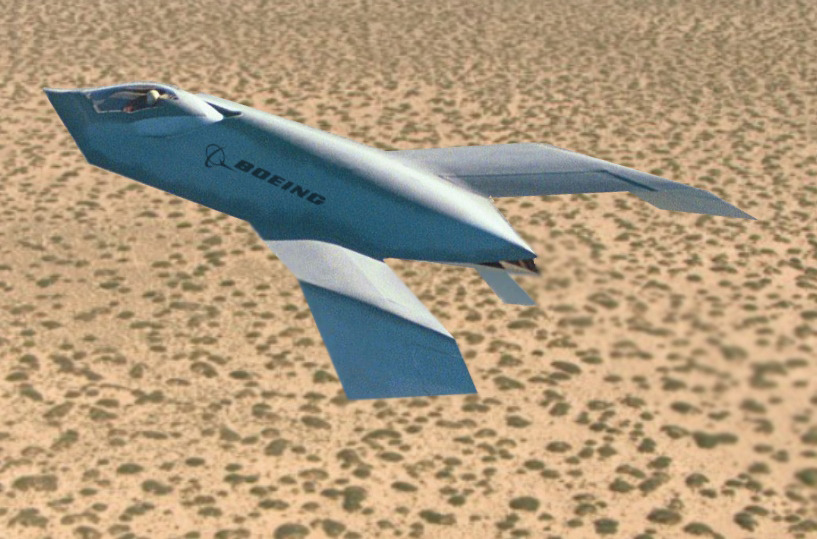
Under Wiechman’s leadership, the Phantom Works developed and flew their YF-118G Bird of Prey stealth technology demonstrator entirely within the secretive confines of Area 51, with work continuing in earnest after the company merged with Boeing.
During this same period of time, McDonnell Douglas and then Boeing also worked directly with NASA on the X-36 Tailless Fighter Agility Research Aircraft — a 28% to-scale technology demonstrator aimed at developing the means to fly stealth aircraft without (you guessed it) standing vertical tail surfaces.
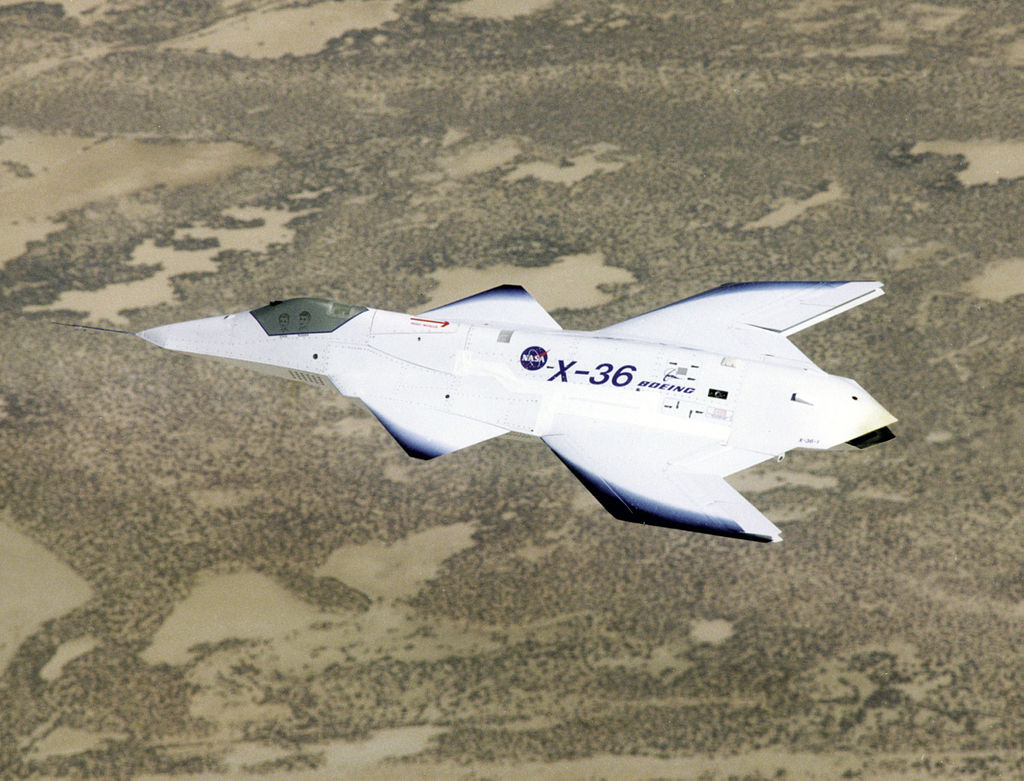
By the year 2000, Boeing’s X-32 prototype took to the sky and would go on to compete against Lockheed Martin’s X-35 for the Joint Strike Fighter competition — a competition it would ultimately lose. But it seems all but certain that Boeing has continued work on its stealth fighter design concepts, especially with production of their F/A-18 Super Hornet expected to sunset in 2025.
In 2013, Boeing released its first new renders of a 6th generation fighter design, though the images were tied to the Navy’s new stealth fighter in development, the F/A-XX, rather than the Air Force’s NGAD program. This design is similar to other 6th-generation fighter concepts, but with the addition of canards forward of the wings.

Then, in November of 2016, Boeing unveiled a new render of their next-generation fighter concept that was quite similar, but absent the canards shown in previous images.

Related: Bird of Prey: Boeing’s lost budget-busting stealth fighter
So, who’s going to win the NGAD contract?
According to the U.S. Air Force, the competition for the NGAD contract is still very much up for grabs. While there’s been extensive work behind the scenes, including the flight of a full-scale technology demonstrator, it’s evident that the competition remains in its very early stages.
“We have not received any proposals yet but we expect multiple proposals in the future,” an Air Force spokesperson said earlier this week. “We will not be able to provide the company names or the number of offerors for the NGAD Platform source selection. The acquisition strategy accounts for an engineering and manufacturing development contract intended to be awarded in 2024.”
It’s also very important to remember that, while one company will ultimately be chosen as the primary contractor for NGAD, it’s all but certain that the other large defense firms will also be involved in its ultimate production and operation. In the case of the F-35, for instance, Lockheed Martin may have won the contract, but Northrop Grumman actually produces a fair portion of the aircraft, including its center fuselage and powerful AN/APG-81 radar array.
In other words, this competition isn’t necessarily for all the marbles… just for most of them. And while there’s no guarantee that the fighter to emerge from the NGAD program will look like any of the renders shown above, one thing does seem evident: This new fighter will be unlike anything we’ve ever seen fill the fighter role before.
Read more from Sandboxx News
- The German sniper mask – A visage of terror
- The B-52 Bomber is getting more advanced radar than Russia’s Su-35 fighter
- New Navy report reveals rare SEAL training attrition data
- This is the system that used jet power to help overloaded aircraft take off from very short runways
- The Marines want to make their secret beach-swarming drones autonomous
Related Posts
Sandboxx News Merch
-

‘Sandboxx News’ Dad Hat
$27.00 Select options This product has multiple variants. The options may be chosen on the product page -

‘AirPower’ Golf Rope Hat
$31.00 Select options This product has multiple variants. The options may be chosen on the product page -

‘Kinetic Diplomacy’ Bumper Sticker (White)
$8.00 Add to cart

Alex Hollings
Alex Hollings is a writer, dad, and Marine veteran.
Related to: Airpower, Military Affairs

How US Special Forces took on Wagner Group mercenaries in an intense 4-hour battle
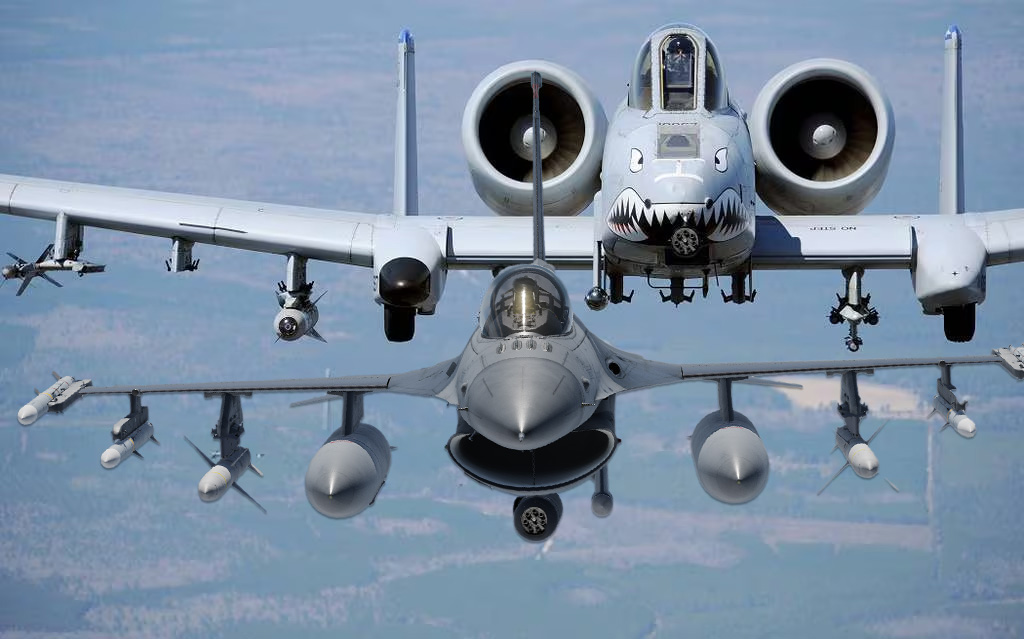
F-16s carrying the A-10’s 30mm cannon actually saw combat
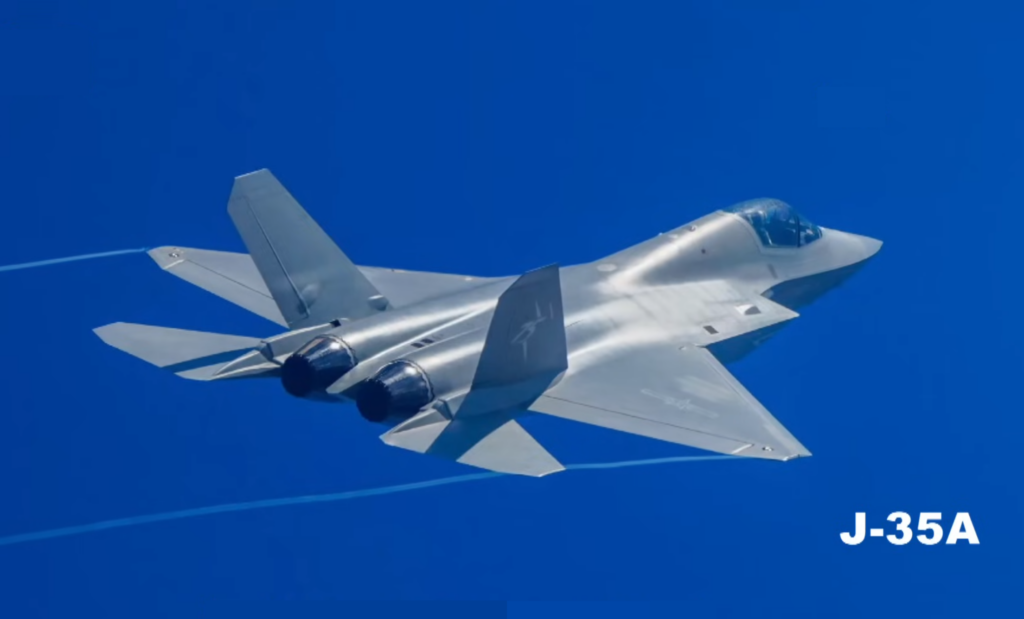
How does China’s new J-35 stealth fighter compare to America’s F-35?

Why China’s new J-35 jet could mean trouble for America
Sandboxx News
-

‘Sandboxx News’ Trucker Cap
$27.00 Select options This product has multiple variants. The options may be chosen on the product page -

‘AirPower’ Classic Hoodie
$46.00 – $48.00 Select options This product has multiple variants. The options may be chosen on the product page -

‘AirPower’ Golf Rope Hat
$31.00 Select options This product has multiple variants. The options may be chosen on the product page -

‘Sandboxx News’ Dad Hat
$27.00 Select options This product has multiple variants. The options may be chosen on the product page
